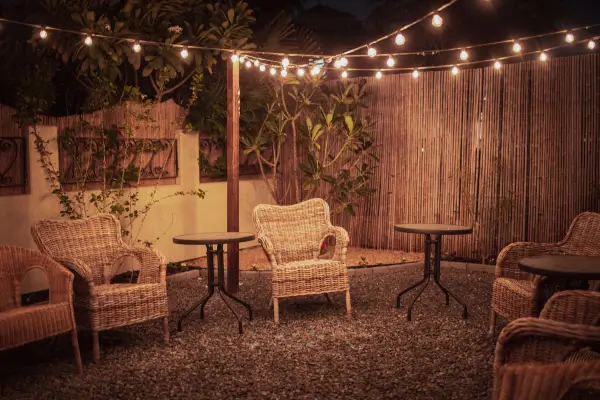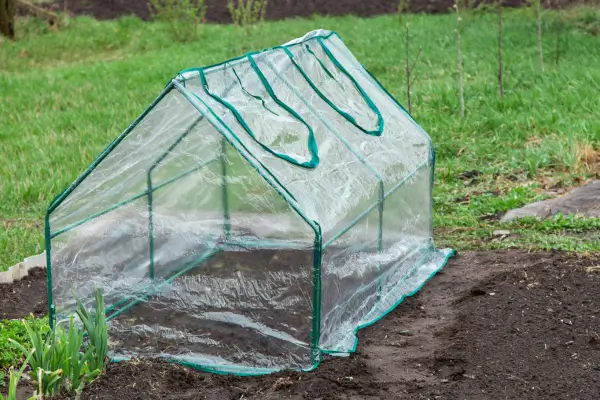Plastic waste is a growing problem worldwide. It pollutes our oceans, harms wildlife, and takes centuries to break down. But what if you could turn that waste into something useful?
Ecobricks are a simple and creative solution to plastic pollution. They are reusable building blocks made by packing clean, dry plastic into bottles. These bricks can be used for furniture, walls, and even community projects.
This guide will teach you how to make ecobricks step by step. Let’s turn your plastic waste into something meaningful.
What Are Ecobricks and Why Are They Important?
Ecobricks are plastic bottles stuffed tightly with non-recyclable plastic waste. They are durable and versatile building materials.
They help reduce plastic pollution in landfills and oceans. By making ecobricks, you give new life to waste that would otherwise harm the environment.
Ecobricks also promote sustainability. They encourage people to rethink their consumption habits and take action against plastic waste.
Materials You’ll Need to Make Ecobricks
Making ecobricks is simple and requires only a few materials. Here’s what you’ll need:
- Plastic Bottles :
Use clean, dry bottles of any size. Larger bottles create bigger bricks. - Non-Recyclable Plastic Waste :
Collect wrappers, bags, and packaging that can’t be recycled locally. - A Stick or Rod :
Use a wooden stick or metal rod to pack the plastic tightly. - Scissors :
Cut large pieces of plastic into smaller strips for easier packing. - Scale :
Weigh your ecobrick to ensure it meets the recommended density.
These materials are easy to find and cost almost nothing. Start collecting today to begin your ecobrick journey.
Step-by-Step Guide to Making an Ecobrick
Follow these steps to create your own ecobrick:
1. Prepare Your Materials
Wash and dry all plastic waste thoroughly. Moisture can lead to mold growth inside the bottle. Mold weakens the ecobrick and makes it unusable.
Cut large pieces of plastic into smaller strips. Smaller pieces pack more tightly, ensuring the ecobrick is strong and durable. Avoid using biodegradable plastics, as they can degrade inside the bottle.
2. Choose Your Bottle
Select a clean, dry bottle with a secure cap. PET bottles are ideal because they are strong and widely available.
Choose a standard size for consistency. For example, 600ml or 1-liter bottles are commonly used for ecobricks. Consistent sizes make it easier to use them in projects later.
3. Start Packing
Insert small pieces of plastic into the bottle one at a time. Use a stick or rod to push them down firmly.
Pack layer by layer, alternating between soft and hard plastics. This creates a balanced density and prevents air pockets. Air gaps weaken the brick and reduce its usability.
4. Check the Weight
Weigh your ecobrick regularly during the process. Aim for a minimum density of 0.35g per milliliter of bottle volume.
For example, a 600ml bottle should weigh at least 210g when complete. Use a kitchen scale to measure accurately. If the ecobrick is too light, add more plastic and repack.
5. Seal the Bottle
Once your ecobrick reaches the desired weight, screw the cap on tightly. Ensure the bottle is fully packed and stable.
Test the ecobrick by pressing firmly on it. If it doesn’t deform, it’s ready to use. Store it in a cool, dry place until needed.
Tips for Making High-Quality Ecobricks
Here are some tips to ensure your ecobricks are effective and durable:
- Use Only Clean Plastic :
Dirty plastic can cause mold and odors inside the bottle. Wash and dry all waste thoroughly before packing.Avoid oily or greasy plastics, as they are harder to clean and can attract pests. - Avoid Sharp Objects :
Sharp items like bottle caps or metal pieces can pierce the bottle. This compromises the structure and makes the ecobrick unsafe.Inspect each piece of plastic before adding it to the bottle. Remove any sharp edges carefully. - Pack Tightly :
Loose packing reduces the brick’s strength and usability. A well-packed ecobrick should feel solid and unyielding.Test the density by pressing on the sides. If it deforms easily, add more plastic and repack. - Label Your Ecobricks :
Write the weight, date, and your name (if donating) on the bottle. This helps track progress and ensures consistency.Use permanent markers or labels that won’t fade over time. Clear labeling is especially important for community projects. - Store Safely :
Keep finished ecobricks in a cool, dry place. Avoid direct sunlight, as it can weaken the plastic over time.Stack them neatly to save space. Organize them by size and weight for easy access during projects.
Creative Ways to Use Ecobricks
Ecobricks have many practical applications. Here are detailed ideas:
- Furniture :
Build sturdy furniture like chairs, tables, or benches using ecobricks and wood frames.Secure the bricks together with wire or glue. Cover them with fabric or paint for a polished look. This method is cost-effective and eco-friendly. - Gardens :
Create raised garden beds or planters with ecobricks. Line the bricks with soil or fabric to hold them in place.Use them to build vertical gardens on walls. This saves space and adds greenery to urban areas. - Community Projects :
Donate your ecobricks to local initiatives like schools, parks, or community centers. Many organizations use them for sustainable construction.Participate in workshops or events to learn new ways to use ecobricks. Collaborating with others amplifies the impact. - Decorative Walls :
Use ecobricks to build colorful, artistic walls in your home or garden. Arrange them in patterns or designs for a unique look.Combine them with natural materials like clay or mud for added stability. This technique is popular in eco-friendly architecture. - DIY Play Structures :
Build playhouses or forts for kids using ecobricks. Secure the bricks with wooden frames or ropes.Add a roof made from recycled materials like corrugated metal or tarpaulin. These structures are fun and educational for children.
The possibilities are endless. Get creative and inspire others to join the movement.
Benefits of Making and Using Ecobricks
Switching to ecobricks offers numerous benefits:
- Reduces Plastic Waste :
Ecobricks prevent plastic from polluting the environment. - Encourages Sustainability :
They promote mindful consumption and waste reduction. - Cost-Effective :
Ecobricks are free to make and save money on building materials. - Community Impact :
Joining the ecobrick movement connects you with like-minded individuals. - Educational Tool :
Teaching others about ecobricks raises awareness about plastic pollution.
Making ecobricks is a simple yet impactful way to fight plastic pollution. By following this guide, you can turn waste into something valuable.
Start small by creating one ecobrick. Then, challenge yourself to make more. Together, we can build a cleaner, greener future.
Now that you know how to make ecobricks, why not give it a try? Your efforts can make a real difference.



